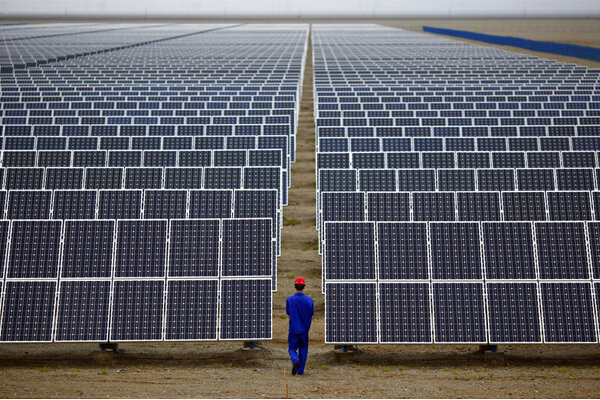Iran’s renewable capacity to reach 10,000 MW by Mar. 2026

TEHRAN – Iran is on track to expand its renewable energy capacity to 10,000 megawatts by the end of the current Iranian calendar year in March 2026, as part of a nationwide push to close its electricity supply gap and accelerate the energy transition, a senior official said.
Jafar Mohammadnejad, Deputy for Investment at Iran’s Renewable Energy and Energy Efficiency Organization (SATBA), said the country aims to install 5,500 megawatts of new solar power capacity this year alone.
“This level of capacity can significantly offset the electricity imbalance, especially during peak consumption periods,” he said in a live interview with IRIB. He added that the Ministry of Energy has coordinated with support agencies to accelerate the rollout of low-interest loans for households installing rooftop solar systems.
Unlike large fossil fuel plants, renewable installations are typically built at the point of consumption, reducing transmission losses and minimizing environmental impacts. “This decentralized model is critical for both energy security and climate goals,” Mohammadnejad said.
He noted that Iran has already developed the groundwork to support over 10,000 megawatts of renewable energy capacity, with comprehensive plans in place to reach 30,000 megawatts in the coming years.
The program includes guaranteed power purchase agreements with attractive feed-in tariffs. Under the scheme, the Energy Ministry will buy excess electricity at a rate of 4,600 tomans per kilowatt-hour—roughly $0.09 using an exchange rate of 500,000 irals to the dollar.
A new online platform has also been launched to streamline participation. Over 220 qualified companies have been approved to supply and install solar equipment. SATBA’s goal is to roll out 550,000 solar systems, mostly in residential homes with suitable rooftop or yard space.
In the latest development, electricity on Iran’s green energy trading board was priced at around 60,000 rials per kilowatt-hour, reflecting growing market interest in clean power.
Officials have emphasized that solar energy, given Iran’s high solar irradiation levels, is poised to play a central role in the country’s long-term energy strategy. Solar plants typically have a standard lifespan of 20 to 25 years, providing both environmental and economic benefits over time.
EF/MA
Leave a Comment